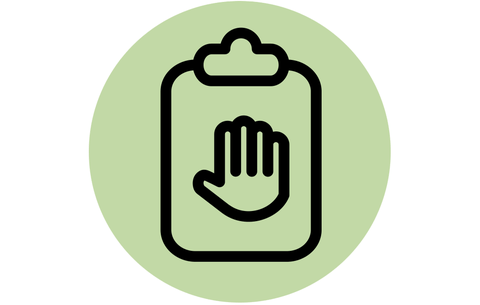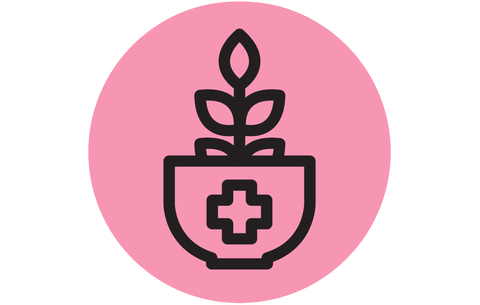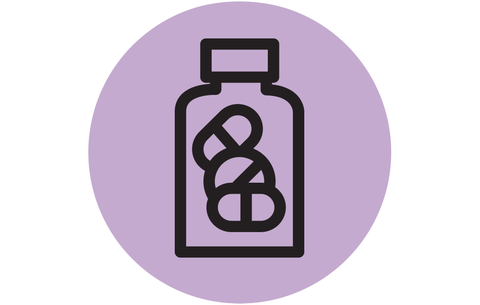How To Use Clear Away Wart Remover
Warts are caused by human papillomavirus, a family of viruses with more than 100 different strains that can affect both genital and nongenital areas of the body. Roughly 60% of these strains trigger nongenital warts, often on hands and feet. The virus amplifies the output of tissue-generating cells, which produce thick, knobby growths. The immune system generally keeps HPV in check during adulthood, but as immunity decreases with age, warts may become more common. The growths often clear up on their own, but since HPV is transmissible and the warts can spread, it's best to deal with them as soon as they're visible.
>7-12: Percentage of people in the world who have nongenital warts


PREVENTIVE MEASURES
1. Skin care
Keeping your skin healthy prevents damage that may allow HPV an entry point. "Moisturize, cover injuries with a bandage, and use sunscreen to prevent burns," says Adam Friedman, an associate professor of dermatology at George Washington University School of Medicine and Health Sciences.
(Transform your health with 365 days of slimming secrets, wellness tips, and motivation—get your 2018 Prevention calendar and health planner today!)
2. Nail care
Avoid nibbling your nails: Nail biting can break skin around the nail beds, allowing the virus to enter and stimulating HPV activity. "Some viral particles are dormant in skin cells, and injury wakes them up," Friedman says. Biting around nails also increases the risk of spreading warts from infected hands to the face or lips.
MORE:7 Gross Things That Happen When You Bite Your Nails
3. Footwear
Always wear footwear in public places, especially locker rooms, showers, and gyms. (You'll never shower barefoot at the gym after reading this.) If your feet are unprotected, you increase your risk of picking up HPV shed from the bare feet of people who have plantar warts--warts on the soles of the feet that tend to be harder to treat than warts on the hands.


Home Remedies
1. Salicylic acid
Available over the counter in saturated pads and topical liquids or gels, salicylic acid acts as an exfoliant. It causes the top layer of infected skin to peel away, stimulating an immune response. Clinical trials find it has a cure rate of 73% in 6 to 12 weeks. Soak warts in warm water, then file previously treated areas before applying the acid. (Psst! Amazon reviewers are obsessed with these 7 callus shavers.)
2. Duct tape
Apply duct tape directly to the wart and leave it on for 6 days. After removing the tape, soften the wart in water, file it, and leave it open to the air for about 12 hours before repeating the process. It's the irritation from the tape's adhesive that helps, says Friedman. (Adhesive bandages don't traumatize the wart enough.)
3. Retinoids
Some doctors recommend the topical retinoid adapalene (Differin), an FDA-approved OTC acne medication, to treat warts, often in combination with salicylic acid. Retinoids, which are derived from vitamin A, disrupt skin cell growth, and studies show that they are effective against warts.
Watch a hot doctor explain why your feet are peeling like crazy:


MEDICAL TREATMENTS
1. Cryotherapy
Applying liquid nitrogen destroys warts by freezing the water inside them, creating a blister that sloughs off in about a week, says Robert Brodell, a professor and chair of dermatology at the University of Mississippi Medical Center. The in-office procedure is typically repeated every 3 to 4 weeks for up to four treatments.
MORE:6 Questions You've Been Too Embarrassed To Ask About Your Feet
2. Prescription medications
Dermatologists may prescribe potent topical acids like bichloroacetic acid and trichloroacetic acid; cantharidin, a topical blistering agent; or candida antigen injections to stimulate the immune system to fight HPV. "We often use multiple treatments because none of them work every time for everybody," Brodell says.
3. Laser treatment
With pulsed dye laser treatment, light penetrates the wart and selectively dilates and destroys blood vessels that supply it. Depending on their size and location, warts usually resolve after one to three treatments. Common side effects, which are mild, include redness, swelling, and a blister at the site.
Richard Laliberte Richard Laliberte is an award-winning veteran health journalist and former senior writer at Men's Health who writes for some of the nation's best-known magazines, blogs for WeightWatchers.com, and has authored several books.
This content is created and maintained by a third party, and imported onto this page to help users provide their email addresses. You may be able to find more information about this and similar content at piano.io
How To Use Clear Away Wart Remover
Source: https://www.prevention.com/health/a20505822/remove-and-prevent-warts/
Posted by: bryantbouring.blogspot.com

0 Response to "How To Use Clear Away Wart Remover"
Post a Comment